Sale!
Machine Learning Project
Credit Card Fraud Detection Using Machine Learning Project
Original price was: ₹2,500.00.₹799.00Current price is: ₹799.00.
The following contents are Downloadable immediately after the successful payment
Source Code
Project Report (Both PDF and Word files)
Instructions to install the necessary Software and Libraries
Step-by-step instructions to execute the project
Project Description
The project aims to predict fraudulent credit card transactions using machine learning models. This is crucial from the bank’s as well as the customer’s perspective. The banks cannot afford to lose their customers’ money to fraudsters. Every fraud is a loss to the bank as the bank is responsible for the fraudulent transactions.
The dataset contains transactions made over a period of two days by credit cards in September 2013 by European cardholders. This dataset presents transactions that occurred in two days, where we have 492 frauds out of 284,807 transactions. The dataset is highly unbalanced, the positive class (frauds) accounts for 0.172% of all transactions. We need to take care of the data imbalance while building the model and come up with the best model by trying various algorithms.
Video Demonstration of Credit Card Fraud Detection Using Machine Learning Project
Steps in Implementing Credit Card Fraud Detection:-
The steps are broadly divided into the below steps. The sub-steps are also listed while we approach each of the steps.
- Reading, understanding and visualising the data
- Preparing the data for modelling
- Building the model
- Evaluate the model
We have used a total of 5 algorithms in our project
- Logistic Regression
- K-Nearest Neighbours
- Decision Tree
- Random Forest
- XgBoost
Six Techniques are used for undersampling or oversampling
- Random oversampling
- SMOTE Oversampling
- Random Undersampling
- Tomek Links Undersampling
- Cluster centroids undersampling
- SMOTE + Tomek Links
We have compared each of the 5 algorithms in all 7 (Normal data + Six undersampled or oversampled data) scenarios comparing their accuracy through the Area under the curve of the ROC Curve.
The results show to the company that there is a clear performance gain when the model is updated more frequently, e.g. once a week or every 15 days. We also used different classification algorithms. In particular, XgBoost has emerged as the best algorithm in many simulations. We actually used 5 different algorithms i.e. Logistic Regression, K nearest neighbours, Decision tree, Random forest and XGBoost Algorithms. We concluded that XGboost performed far better than other algorithms in all scenarios.
The results showed that, in the case of fraud detection, the performance of a classifier can be significantly improved when sampling methods are used to rebalance the two classes.
Given the large imbalance ratio and a number of transactions, over-sampling should perhaps be favoured with respect to under-sampling techniques. We have analysed different types of oversampling and undersampling techniques. The various types were Random oversampling and SMOTE technique for oversampling and random, Tomek links and cluster centroids for undersampling. We also used a combination of SMOTE and Tomek links. We found out that SMOTE and SMOTE with Tomek Links gave very good results as compared to others. Cluster centroids performed the worst.
Installation of required software and libraries
1. Install the Anaconda Python Package
2. Extract the downloaded project into your machine
3. Follow the link to Download the dataset and Extract it into project directory
https://drive.google.com/file/d/1YUiJpUcrAYWkzzYTdRI7jkJUStLrDsu3/view?usp=sharing
4. Open the anaconda prompt (It will open in the default user directory)
5. Use the cd command to change the directory to the project folder
Example:
>> cd Path_of_project_folder
2. Install the requirements.txt using the following command
>>pip install -r requirements.txt
Follow the steps to run the project
1. Open the anaconda prompt (It will open in the default user directory)
2. Use the cd command to change the directory to the project folder
Example:
>> cd Path_of_project_folder
3. Open Jupyter Notebook
>>jupyter notebook
4. Open the Credit Card Fraud Detection Using Machine Learning – Local Version
5. Execute all cells
Google Colab Version
- https://colab.research.google.com/
- Login with your Gmail account
- Upload the Credit Card Fraud Detection Using Machine Learning – Local Version – Colab version
- Run all cells
Happy Learning
Still need help to set up and execute the project
- Setup and modification are paid services based on requirements.

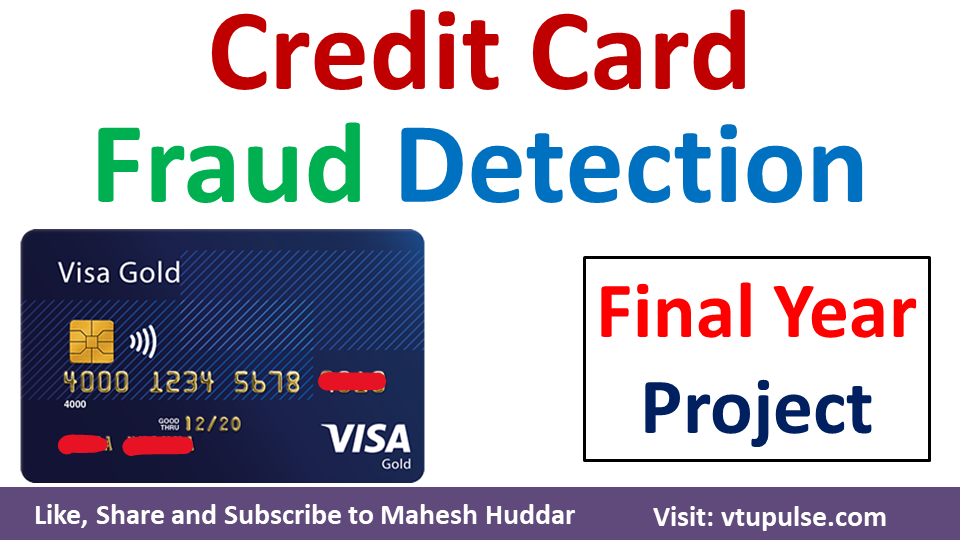
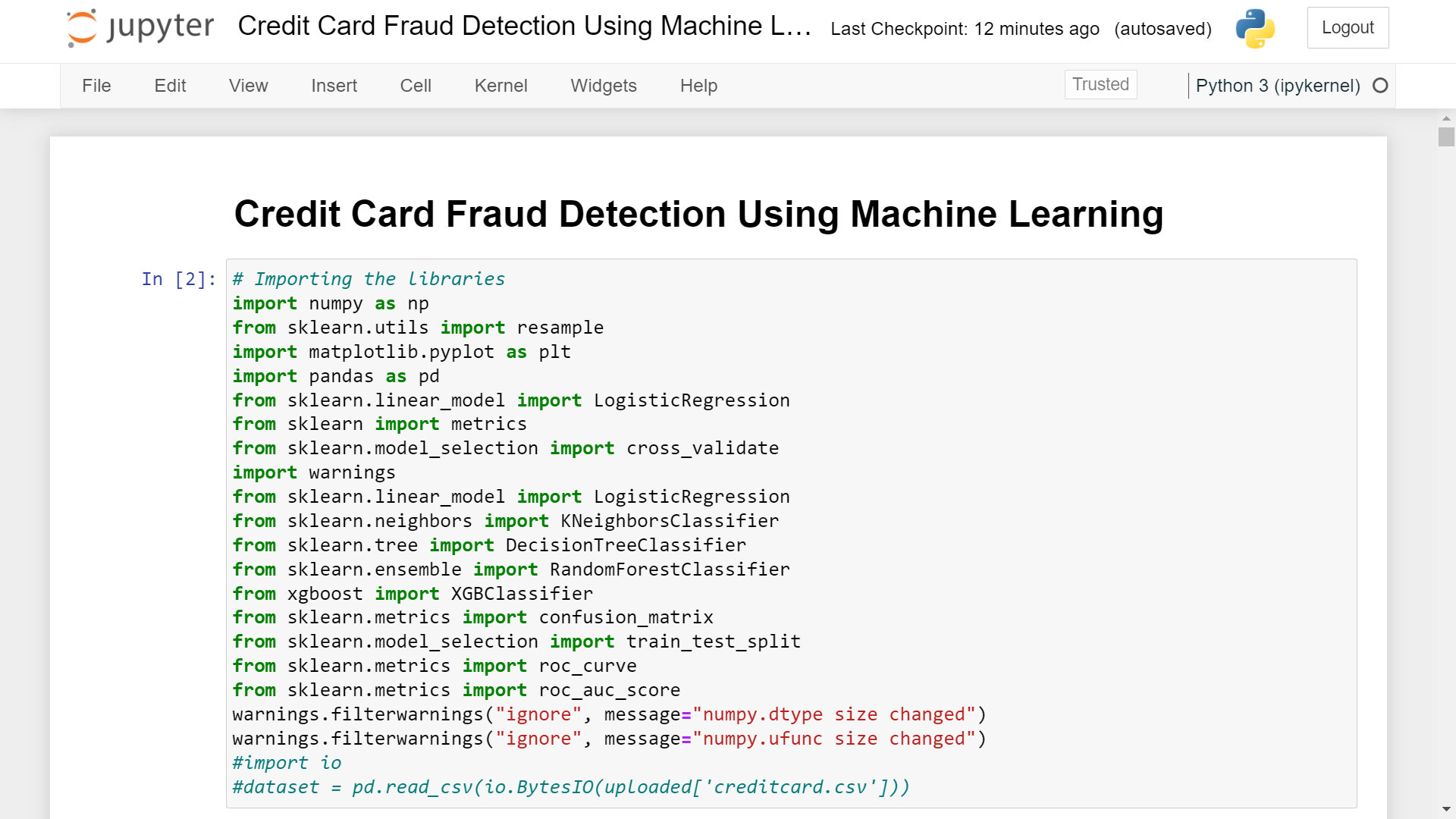
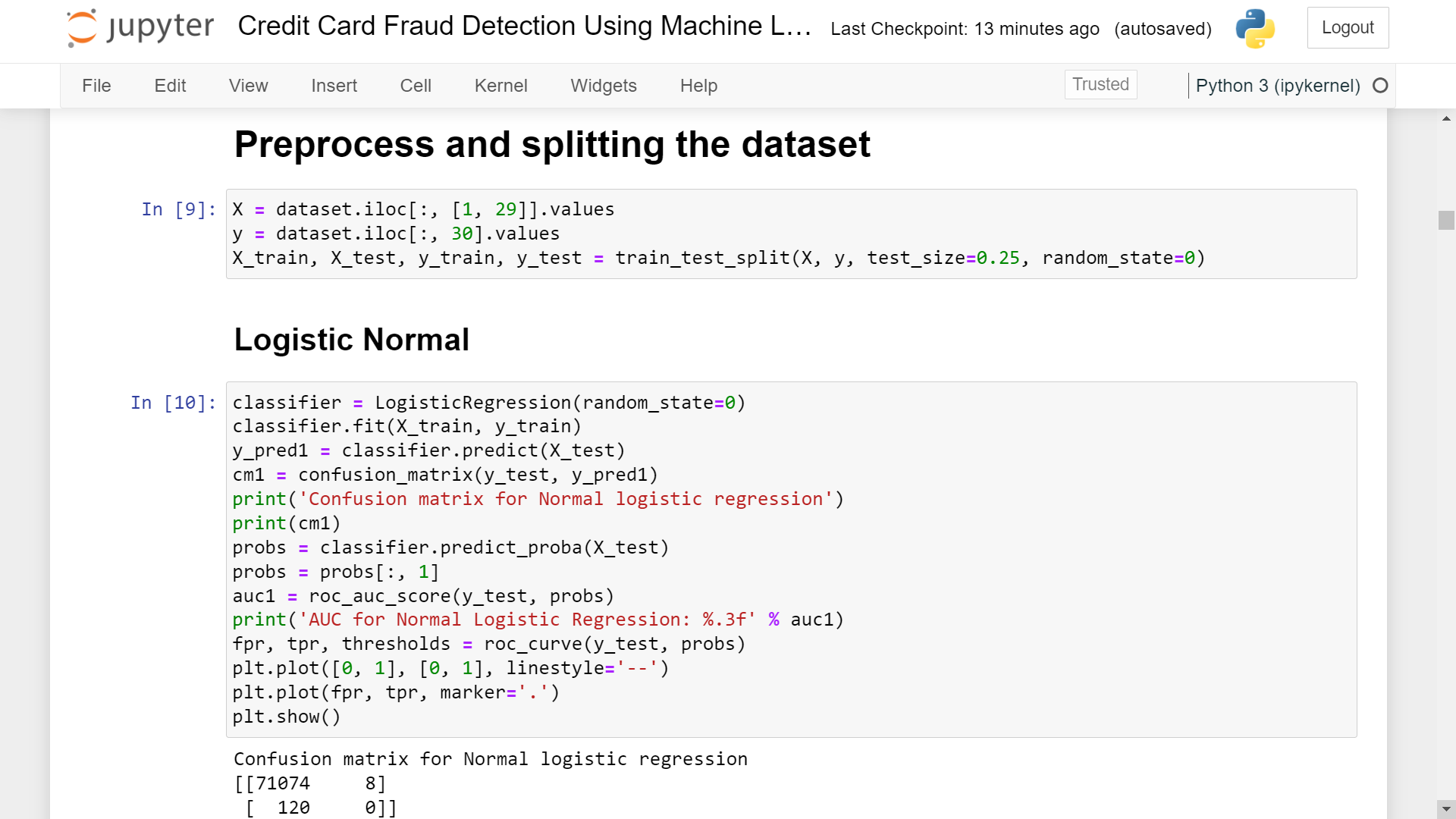
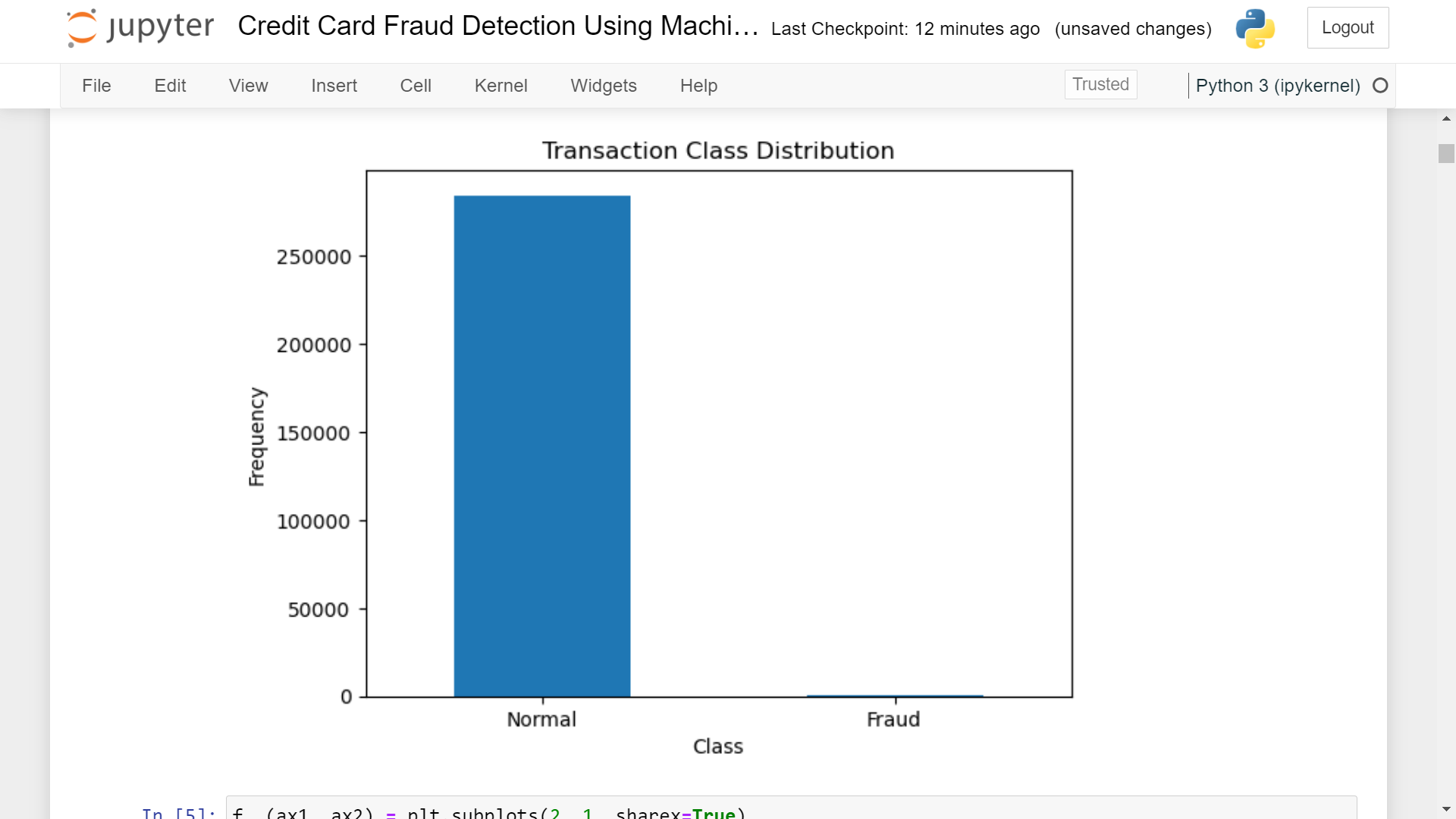
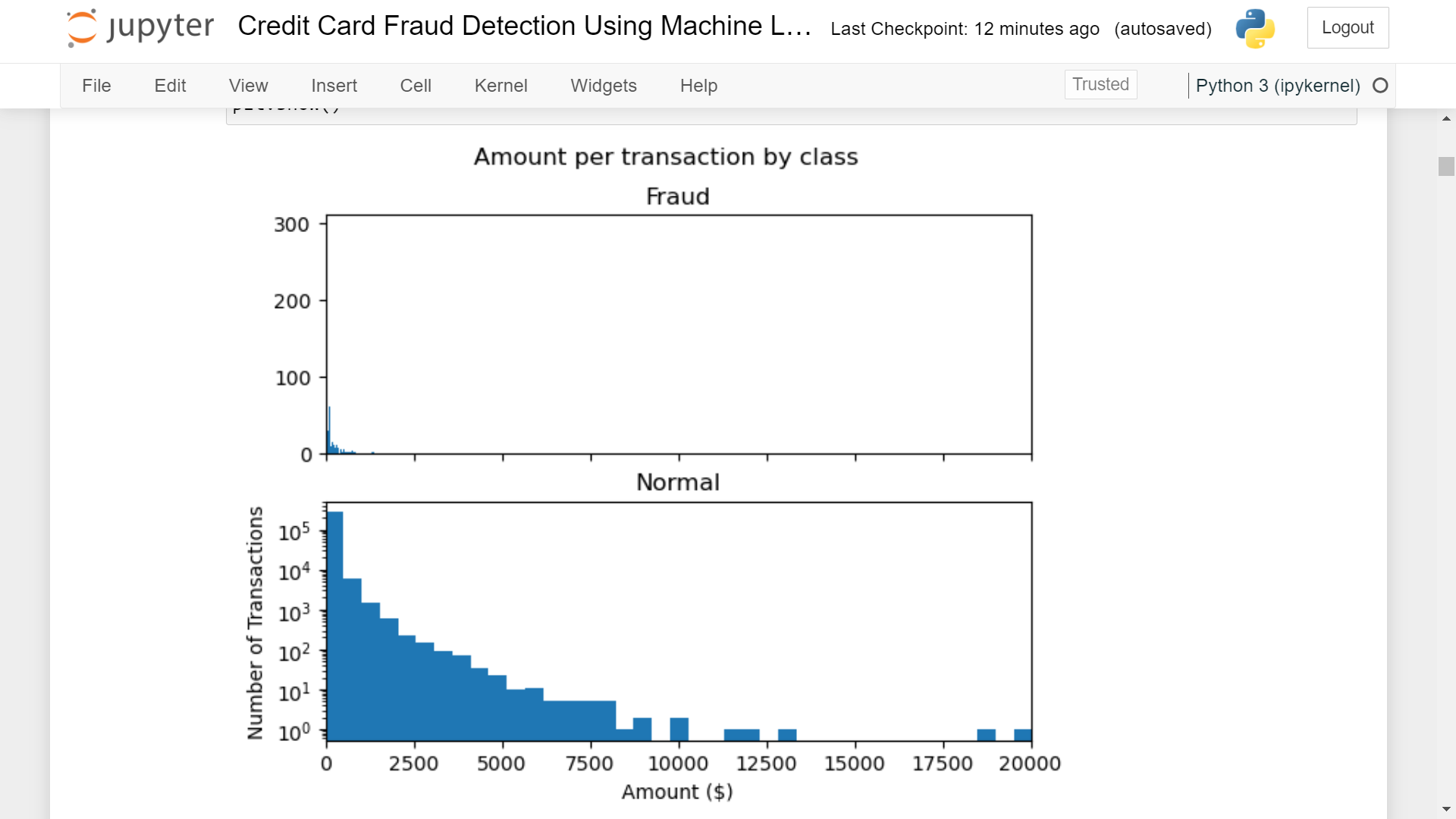
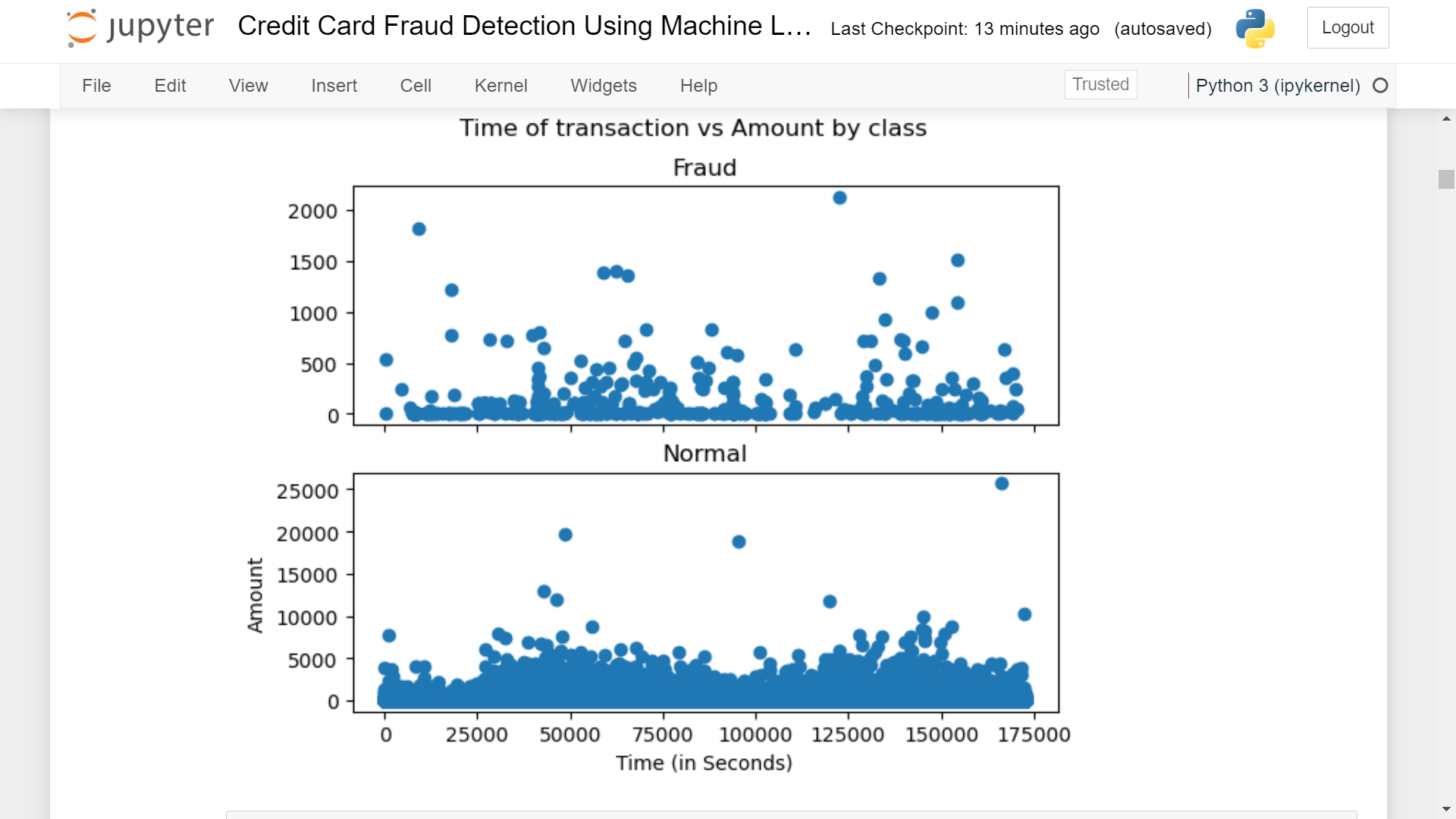
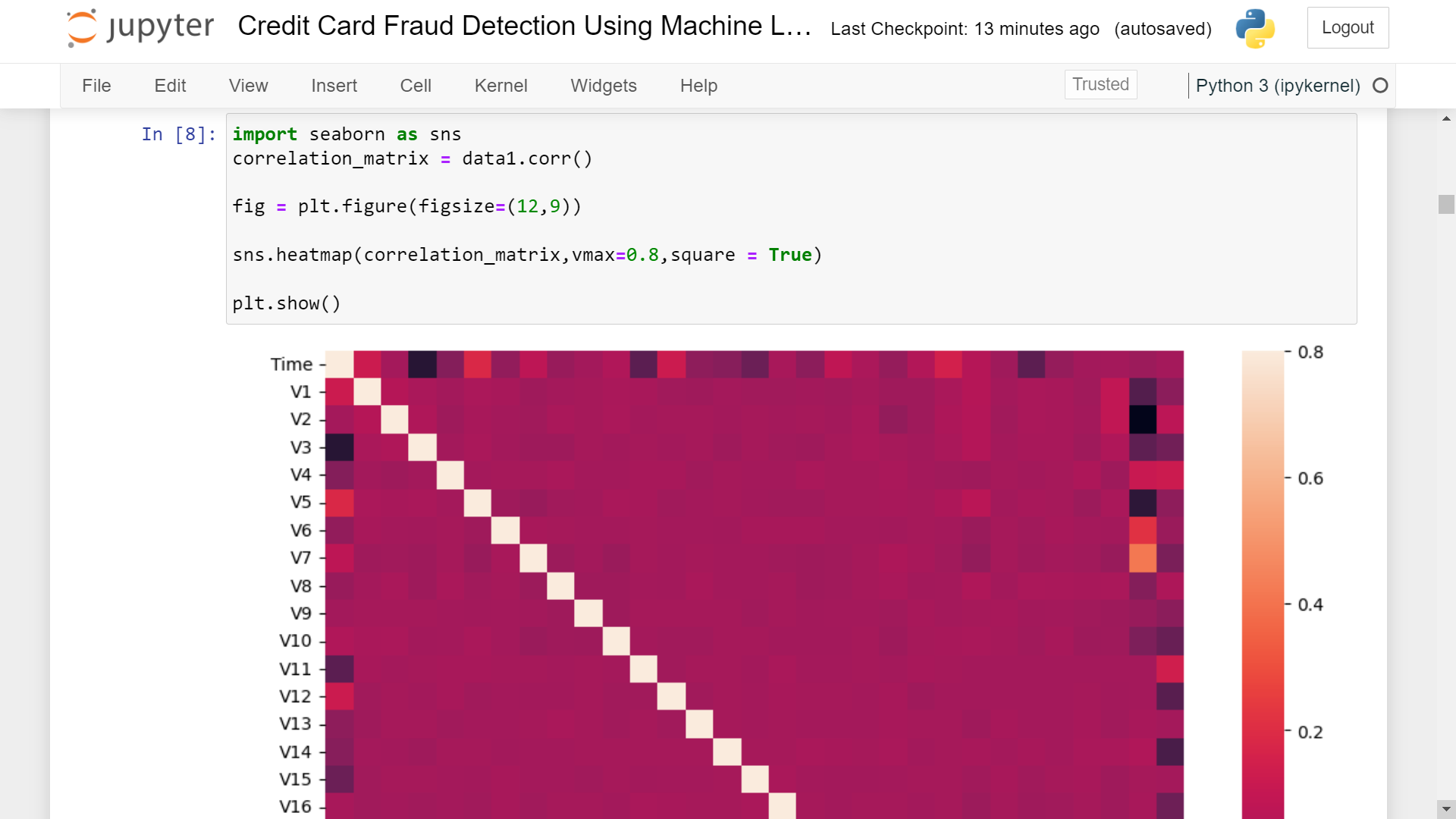
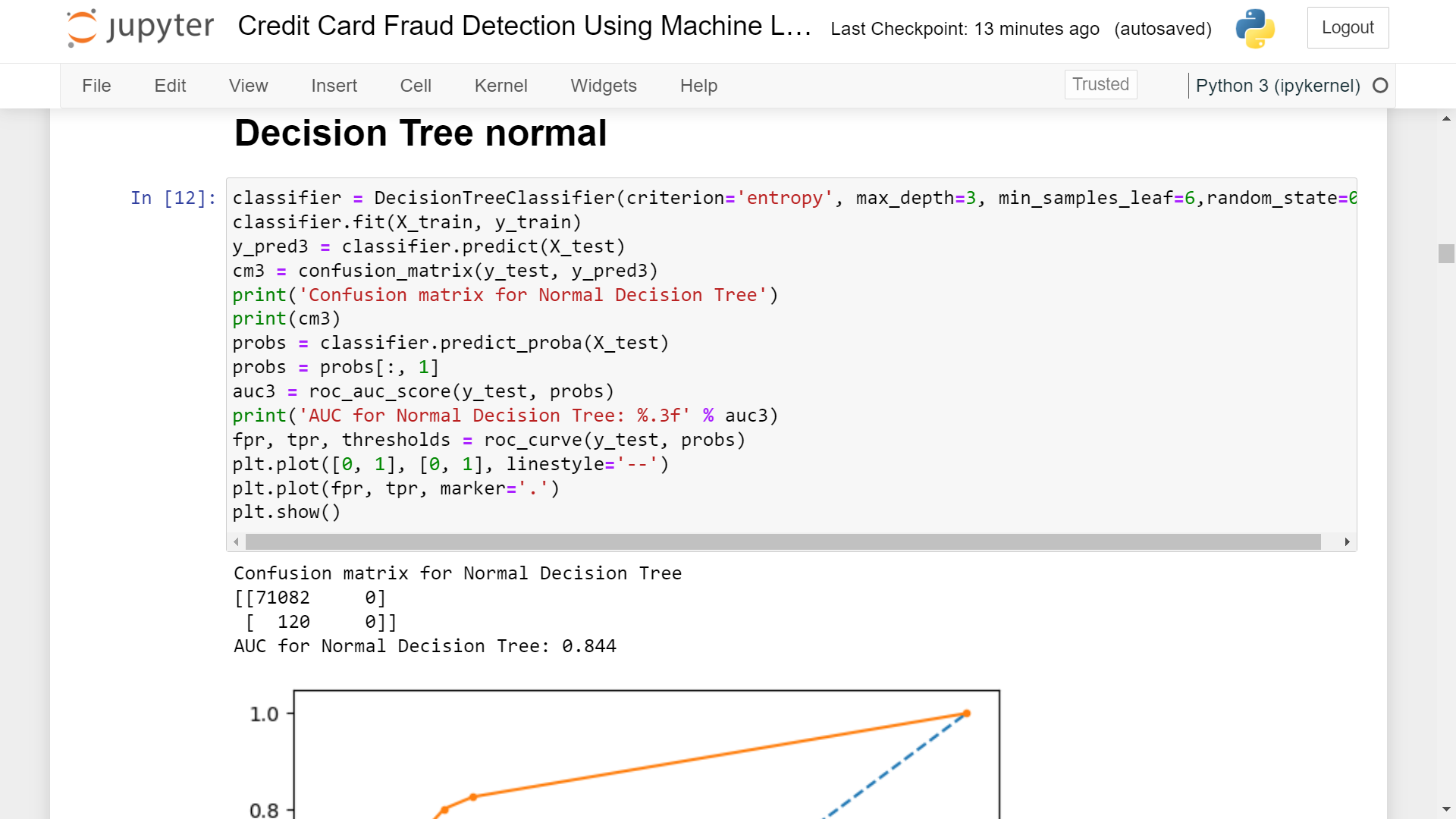
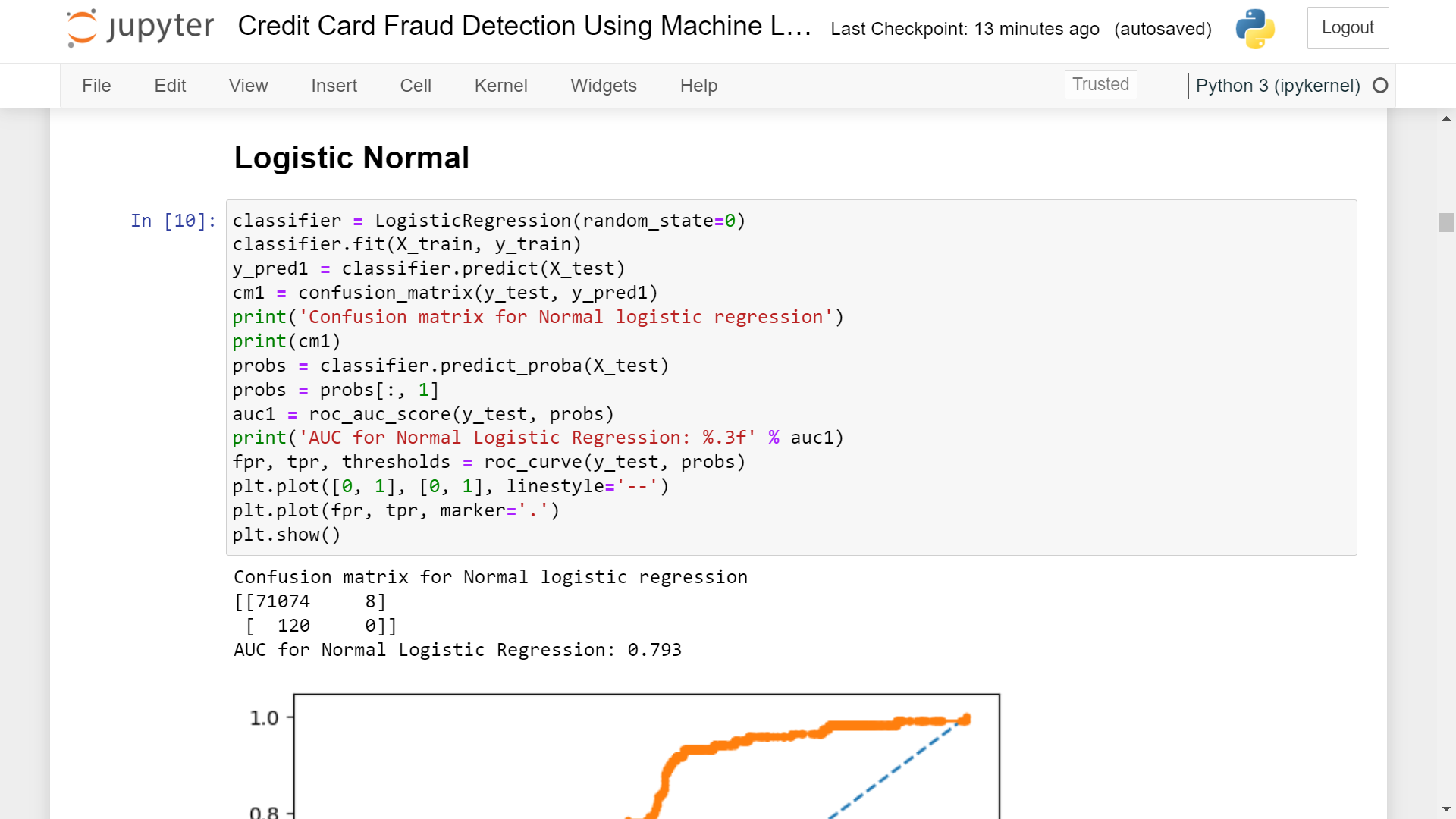
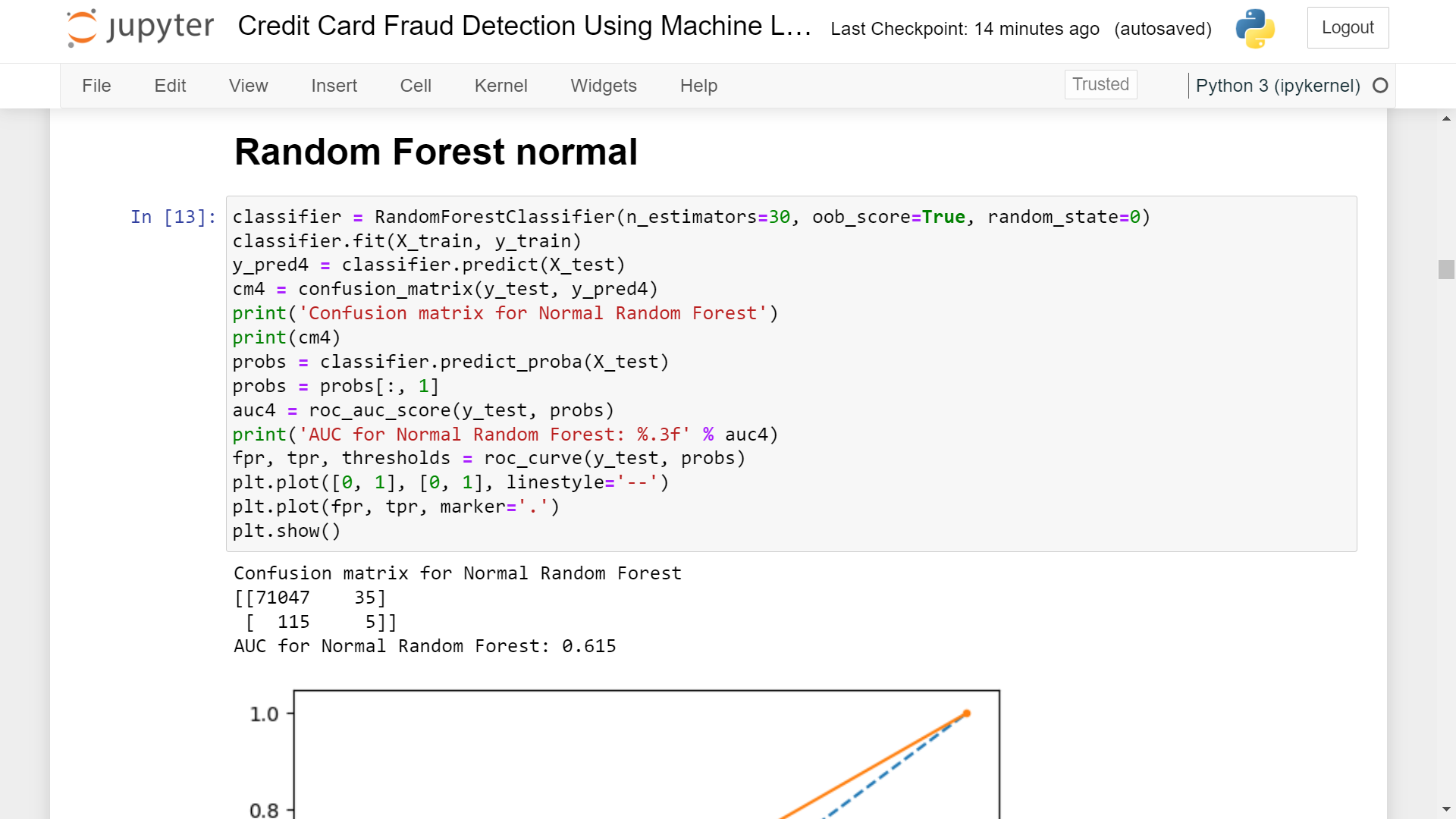
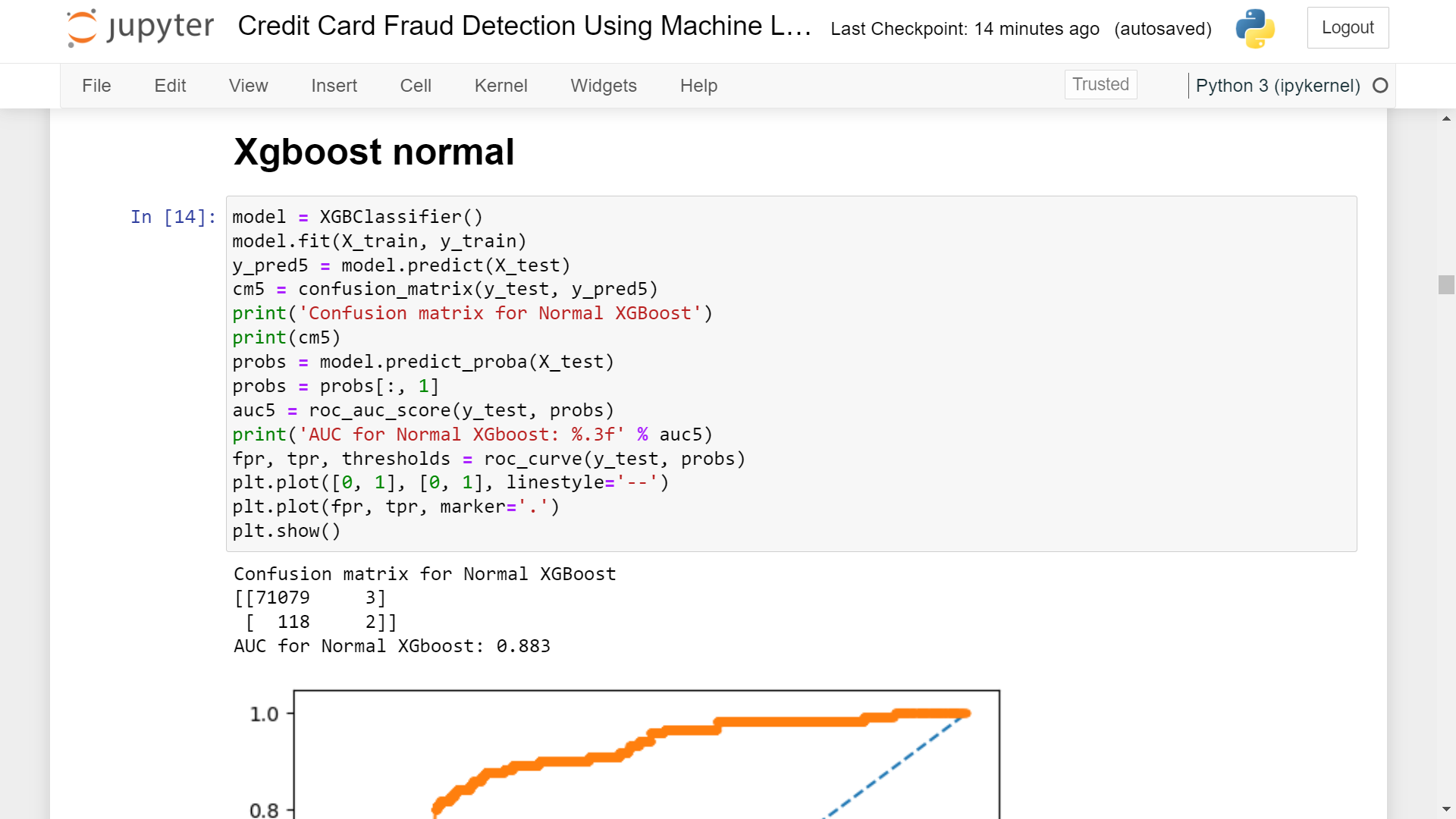
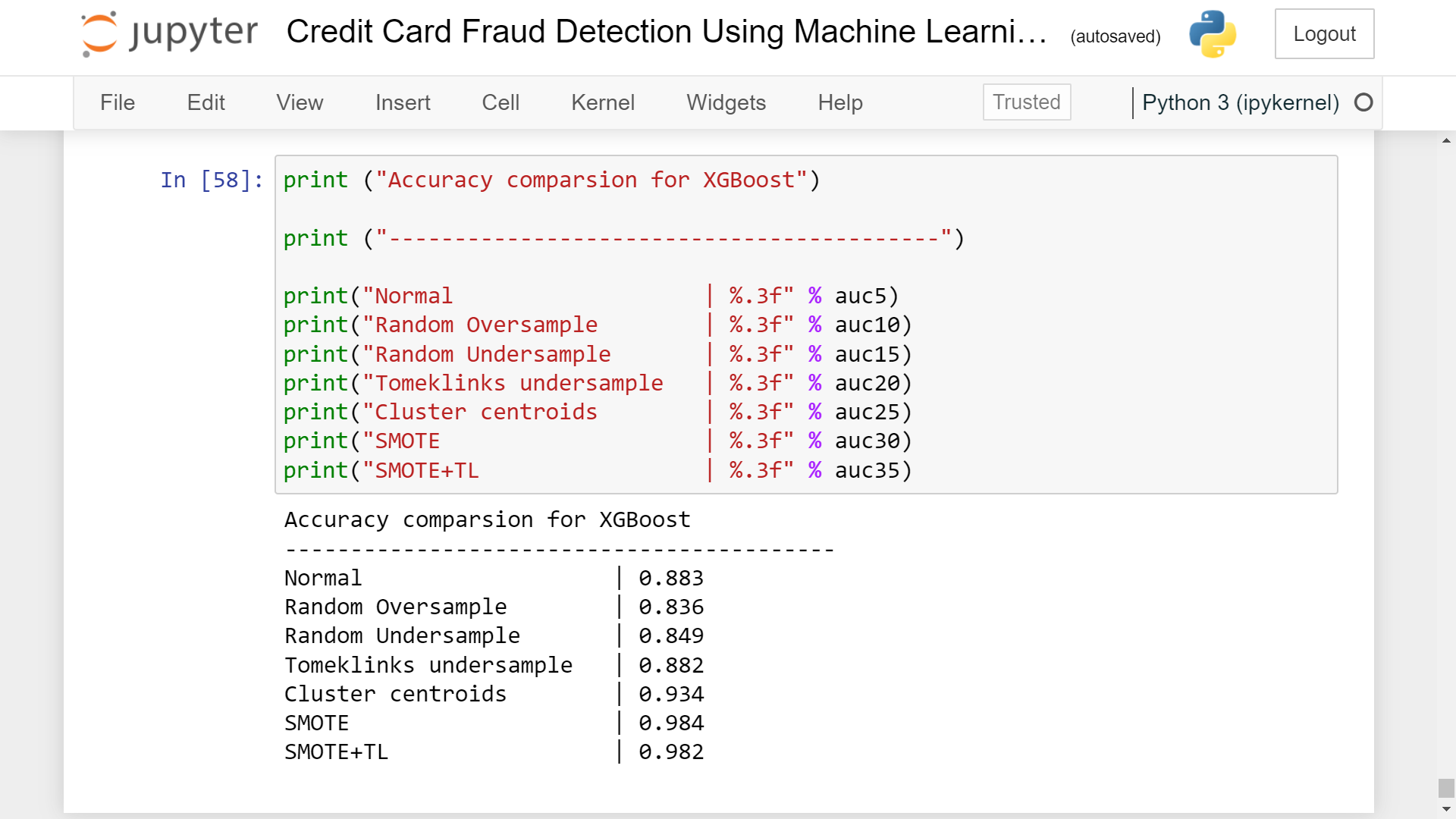
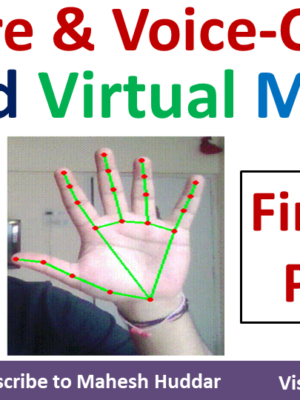



JAYANTHI M –
Super